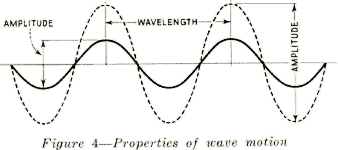Figure 5 is a chart showing the range of frequencies covered by the human voice in singing and by the various musical instruments. This chart represents the relation between the musical scale and the piano keyboard, giving the frequency of each note in terms of complete vibrations, or cycles, according to the standard used in scientific work, viz. the scientific scale based on middle C at a frequency of 256 cycles. The shaded keys are not included on a standard piano keyboard. The piano keyboard covers nearly the entire range of musical notes and extends from 26.667 cycles to 4,096 cycles. The piccolo reaches two notes beyond the highest note of the piano. The extreme organ range, not shown on the chart, is from 16 cycles to 16,384 cycles, scientific or "physical pitch," as it is usually called. Musical instruments are tuned to the international pitch which is based on middle A at a frequency of 440 cycles.
Music seldom utilizes the full keyboard of the piano, the extremely high notes and extremely low notes being seldom used. Therefore a reproducing device which reproduces all frequencies from 50 to 4000 cycles would be satisfactory in reproducing musical notes. However, there is another factor which enters into the consideration. This factor has to do with tone.
6. Tone Quality. The terms "quality" or "tone" of sound are used particularly with reference to music. A pure note of a given pitch always sounds the same and the frequency of this note is termed its "fundamental" or "pitch frequency," but you are all familiar with the fact that notes of the same pitch from two different kinds of instruments do not give the same sound impression. This difference is due to the presence of overtones, sometimes called harmonics. Let us consider again the case of a taut string which is plucked to set it into vibration. If the string is plucked at its exact center, it will vibrate as a whole and give a very nearly pure note; but if it is plucked at some other point, say one third of the length from one end, it will vibrate as three parts as well as a whole, and a change of tone will be noticed. If the string is plucked indiscriminately, various tones will be heard, all of the same pitch.
Hollow cavities built into the bodies of the various musical instruments give them their characteristic tones, because the air chambers, called resonance chambers, strengthen overtones of certain frequencies and give a very pronounced tone to the instruments. Other instruments have built into them means of suppressing certain overtones, which help to give them their characteristic sounds.
4

